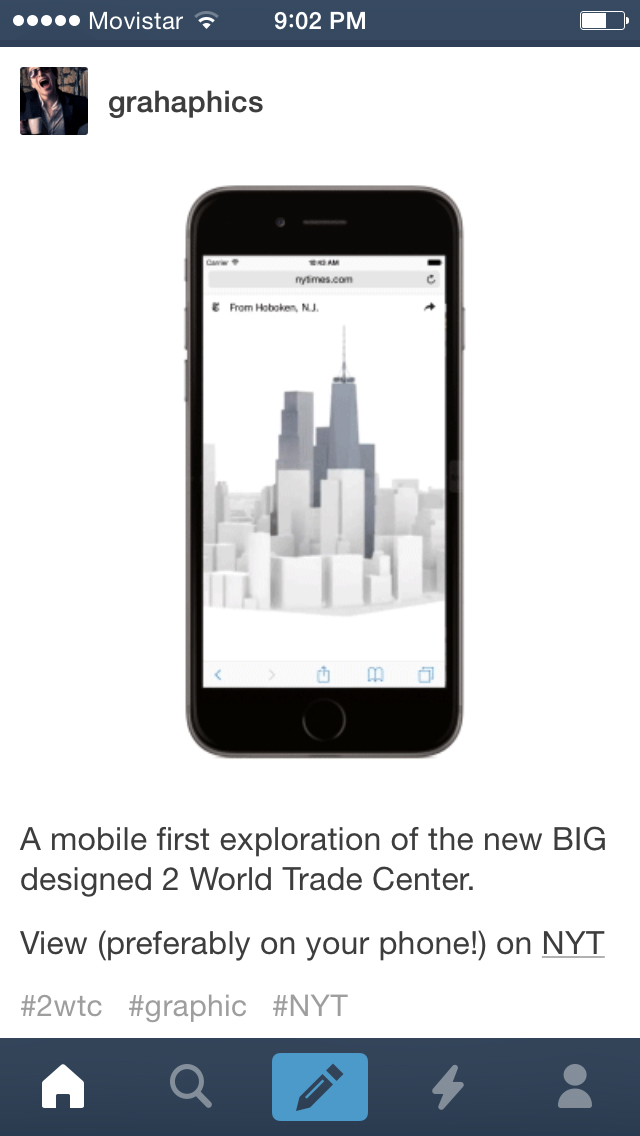Some resources for thinking about the role of mobile devices in our writing classes:
Pew Research
- Mobile Technology Fact Sheet
- U.S. Smartphone Use in 2015
- A Quarter of Teens Mostly Access the Internet Using their Cell Phones
Baron, Naomi. “Do Mobile Technologies Reshape Speaking, Writing, or Reading?” Mobile Media & Communication 1 (2013): 134-140.
-
Does the ephemeral nature of onscreen text affect the amount we read, the genre read, frequency of re-reading, reading speed, and memory for and understanding of what has been read?
-
How much does screen size affect the same issues?
-
Is readers’ concentration broken by availability of other resident programs (e.g., games) or an internet connection (Bosman & Richtel, 2012)? How do such interruptions compare with breaks in concentration when reading in hardcopy?
Baron, Naomi. Always On: Language in an Online and Mobile World. New York: Oxford  University Press, 2008.
University Press, 2008.
Pigg, Stacey. “Emplacing Mobile Composing Habits: A Study of Academic Writing in Networked Social Spaces.” College Composition and Communication 66.2 (2014): 250-75.
This article details the material, locational, and time-use dimensions of student writing processes in two networked social spaces. Drawing on case examples, the findings show how composing habits grounded in the materiality of places can build persistence for learning in a mobile culture. Public social spaces support these habits, enabling some students to control social availability and manage proximity to resources.
Multimodal Composing on Mobile Devices — CCCC Workshop.
Writing with Thumbs: Composition and media on mobile devices — Elon project.
In How We Think, Katherine Hayles defines hyper reading as “a strategic response to an information-intensive environment, aiming to conserve attention by quickly identifying relevant information, so that only relatively few portions of a given text are actually read.”
CHE: How Some Professors Deploy Mobile Technology in Their Teaching.

